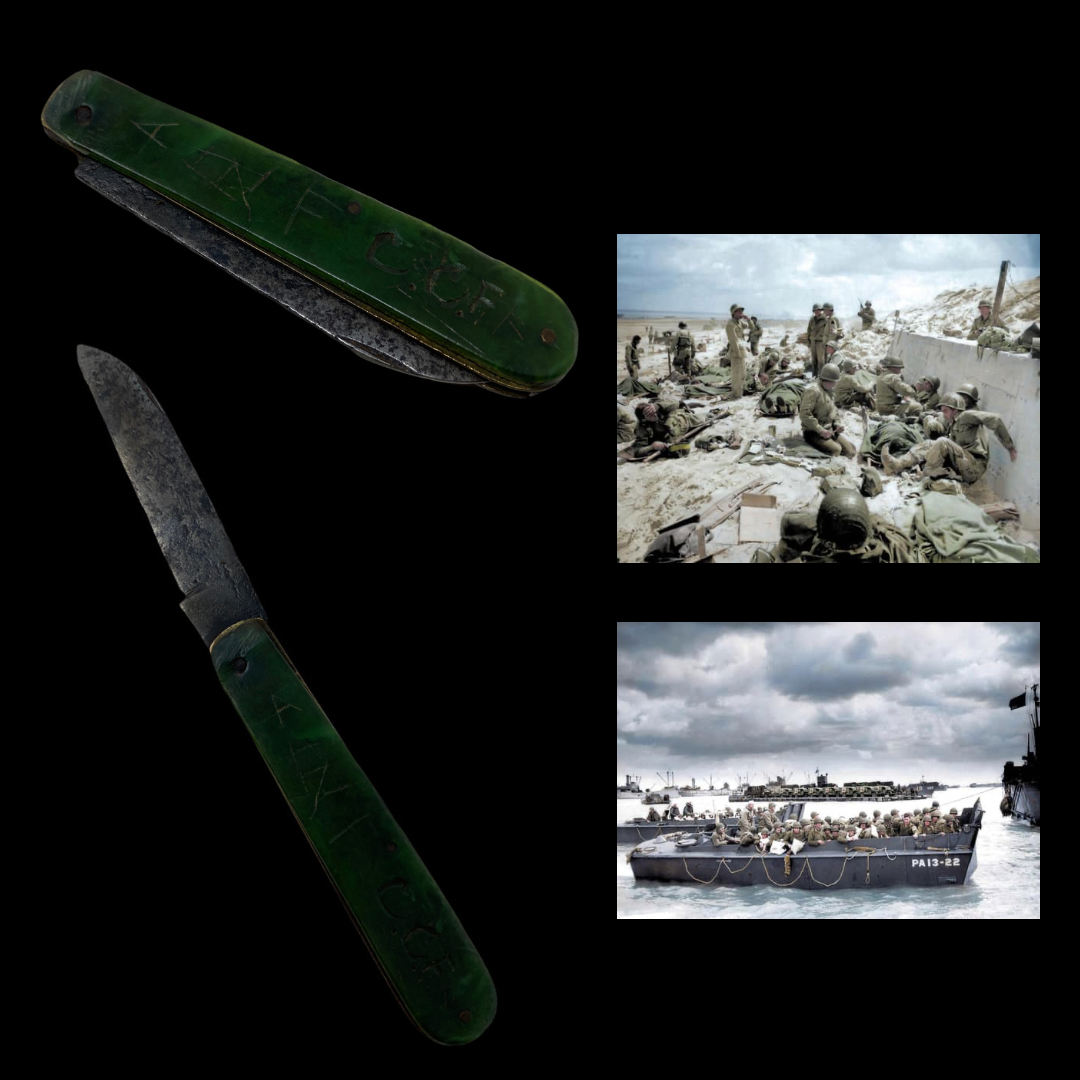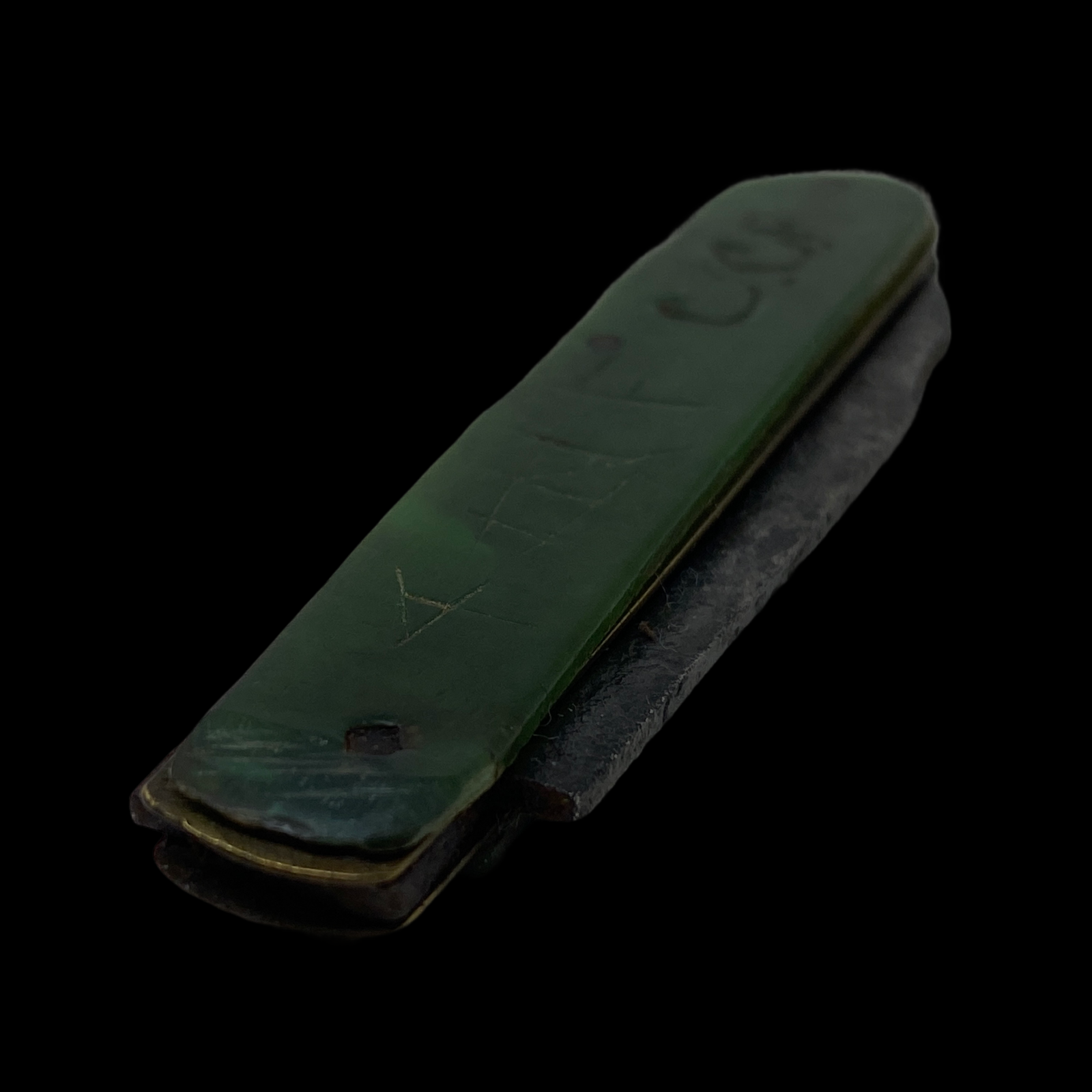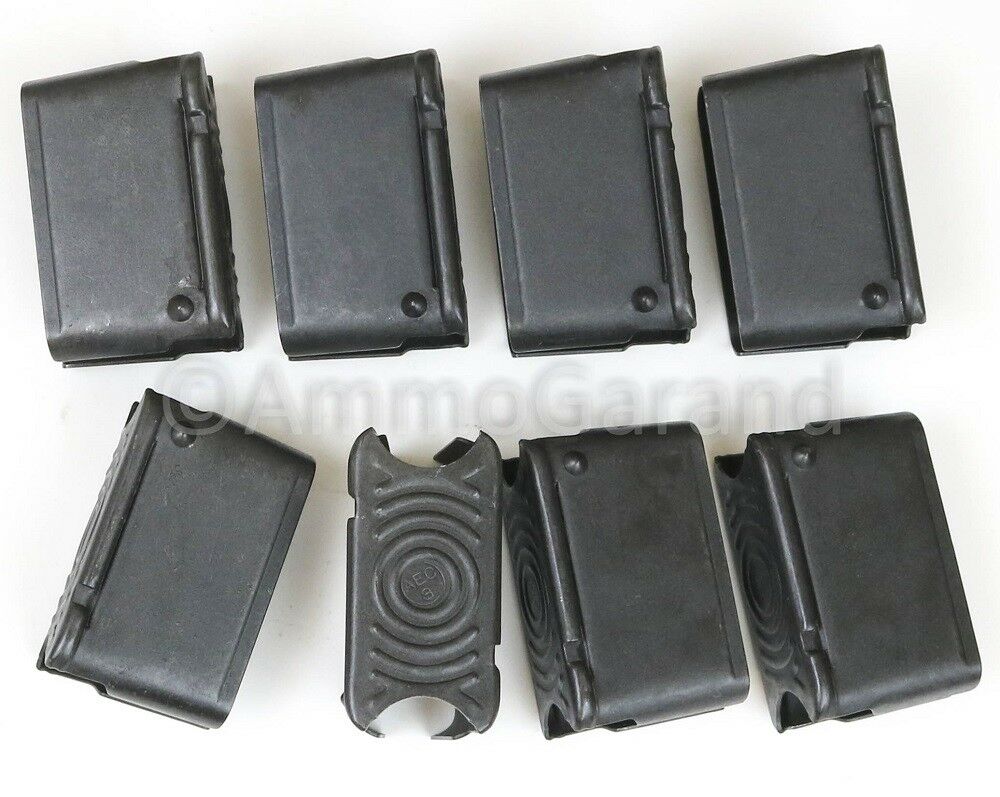-40%
RARE WWII 4th Infantry Soldier Name Engraved Ivy Knife D-Day Utah Beach Normandy
$ 448.8
- Description
- Size Guide
Description
C.O.A. INCLUDEDThe 4th Infantry Division assaulted the northern coast of German-held France during the
Normandy landings
, landing at
Utah Beach
, 6 June 1944. The
8th Infantry Regiment
of the 4th Infantry Division claimed being the first surface-borne
Allied
unit (as opposed to the
parachutist formations that were air-dropped earlier
) to hit the beaches at Normandy on D-Day, 6 June 1944. Relieving the isolated
82nd Airborne Division
at
Sainte-Mère-Église
, the 4th cleared the
Cotentin peninsula
and took part in the capture of
Cherbourg
on 25 June. After taking part in the fighting near Periers, 6–12 July, the division broke through the left flank of the
German 7th Army
, helping to stem the German drive toward
Avranches
.
This incredible WWII 4th infantry soldiers pocket knife bears the colors of the fourth infantry division combat service identification badge (GREEN and GOLD). The 4th Infantry Division's official nickname, "Ivy", is a play on words of the
Roman numeral
IV
or 4. Ivy leaves symbolize tenacity and fidelity which is the basis of the division's motto: "Steadfast and Loyal". The second nickname, "Iron Horse", has been adopted to underscore the speed and power of the division and its soldiers.
While we do not know the name of the 4th Infanry Division soldier that once carried this knife it still is full operational and still clearly shows the personal soldier engraved "4th INF) with the soldier's initials (C.C.F). It is incredible to think of the rich history of the 4th and the events this personal pocket knife witnessed in the pocket of an American hero in the ETO.
By the end of August the division had moved to Paris, and gave
French forces
the first place in the liberation of their capital. During the
liberation of Paris
,
Ernest Hemingway
took on a self-appointed role as a civilian scout in the city of Paris for his friends in the 4 ID. He was with the
22nd Infantry Regiment
when it
advanced from Paris, northeast through Belgium, and into Germany
.
J. D. Salinger
, who met Hemingway during the liberation of Paris, was with the
12th Infantry Regiment
.
The 4th then moved into Belgium through
Houffalize
to attack the
Siegfried Line
at
Schnee Eifel
on 14 September, and made several penetrations. Slow progress into Germany continued in October, and by 6 November the division entered the
Battle of Hurtgen Forest
, where it was engaged in heavy fighting until early December. It then shifted to
Luxembourg
, only to meet the
German Army
's winter Ardennes Offensive head-on (in the
Battle of the Bulge
) starting on 16 December 1944. Although its lines were dented, it managed to hold the Germans at
Dickweiler
and
Osweiler
, and,
counterattacking
in January across the
Sauer
, overran German positions in
Fouhren
and
Vianden
.
Halted at the
Prüm River
in February by heavy enemy resistance, the division finally crossed on 28 February near
Olzheim
, and raced on across the
Kyll
on 7 March. After a short rest, the 4th moved across the
Rhine
on 29 March at
Worms
, attacked and secured
Würzburg
and by 3 April had established a
bridgehead
across the Main at
Ochsenfurt
. Speeding southeast across
Bavaria
, the division had reached
Miesbach
on the
Isar
on 2 May 1945, when it was relieved and placed on occupation duty. Writer J. D. Salinger served with the division from 1942–1945.



















